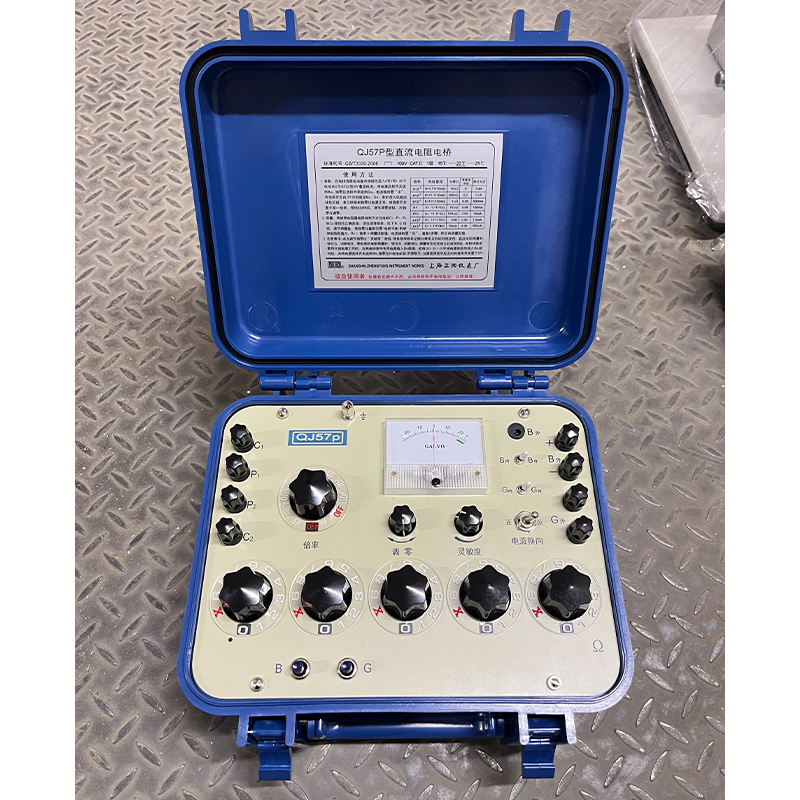UV Exposure-Induced Cross-Linking in Polymer-Based Machines for Enhanced Performance and Durability
Understanding UV Irradiation Cross-Linked Machines A Comprehensive Overview
The advancement of technology in various industrial processes has continuously sought innovations that enhance efficiency, durability, and sustainability. One such innovation is the use of UV (Ultraviolet) irradiation in cross-linking, which is a pivotal technique in materials science and engineering. This article delves into the principles, applications, and advantages of UV irradiation cross-linked machines.
What is UV Irradiation?
Ultraviolet irradiation refers to the emission of ultraviolet light, a form of electromagnetic radiation with a wavelength shorter than that of visible light but longer than X-rays. This radiation can induce chemical reactions in certain materials, particularly polymers. In the context of cross-linking, UV light is used to initiate reactions that bond polymer chains together, creating a network structure that enhances the material's properties.
The Process of Cross-Linking
Cross-linking is a process where individual polymer chains are interconnected through chemical bonds, forming a three-dimensional network. When polymers are subjected to UV irradiation, specific wavelengths activate photoinitiators within the material. These photoinitiators absorb the UV light and undergo a chemical transformation, producing free radicals that can react with adjacent polymer chains, thus promoting cross-linking. This results in a more stable and durable material, capable of withstanding various environmental factors such as heat, solvents, and mechanical stress.
Advantages of UV Irradiation Cross-Linking
1. Efficiency UV cross-linking occurs rapidly, often in seconds to minutes, which is significantly faster than traditional curing methods that may require longer periods (such as heat curing). The speed of the UV process can greatly enhance production efficiency, particularly in conveyor belt systems where continuous processing is needed.
2. Energy Savings UV curing processes typically consume less energy compared to thermal curing methods. Since UV systems focus energy precisely on areas needing curing, there is a significant reduction in waste and energy costs.
3. Environmentally Friendly UV-curable materials often contain fewer volatile organic compounds (VOCs) compared to conventional solvent-based systems. This characteristic makes the process more environmentally friendly and compliant with increasingly stringent environmental regulations.
uv irradiation cross-linked machine

5. Versatile Applications UV cross-linking technology finds applications across various industries, including automotive, electronics, medical devices, and packaging. In the automotive sector, for example, UV-cured coatings provide superior durability and aesthetics. In electronics, cross-linked polymers are essential for adhesives and encapsulants that protect sensitive components.
Applications of UV Irradiation Cross-Linked Machines
1. Coatings UV-cured coatings offer a hard finish that is resistant to scratches, chemicals, and UV light exposure. These coatings are widely used in wood finishes, automotive paints, and industrial coatings.
2. Adhesives UV cross-linked adhesives provide excellent bonding strength and are used in applications ranging from packaging to high-tech electronics, ensuring products are durable and resistant to disbonding over time.
3. Ink UV curing is a vital process for printing industries. UV inks cure almost instantaneously upon exposure to UV light, allowing for high-speed printing on various substrates, including paper, plastics, and metals.
4. 3D Printing In additive manufacturing, UV irradiation is utilized in photopolymerization processes, where light-sensitive resins are cured layer by layer to create intricate three-dimensional structures.
Conclusion
The integration of UV irradiation technology into cross-linking processes signifies a remarkable advancement in material science. Machines utilizing UV irradiation for cross-linking not only enhance the efficiency and sustainability of manufacturing processes but also improve the performance characteristics of the final products. As industries continue to seek innovative solutions for creating robust and environmentally friendly materials, the relevance of UV irradiation cross-linked machines is set to grow, paving the way for advancements across myriad applications. Embracing these technologies will be crucial in meeting the challenges of modern manufacturing while promoting a sustainable future.
-
Why the Conductor Resistance Constant Temperature Measurement Machine Redefines Precision
NewsJun.20,2025
-
Reliable Testing Starts Here: Why the High Insulation Resistance Measuring Instrument Is a Must-Have
NewsJun.20,2025
-
Flexible Cable Flexing Test Equipment: The Precision Standard for Cable Durability and Performance Testing
NewsJun.20,2025
-
Digital Measurement Projector: Precision Visualization for Modern Manufacturing
NewsJun.20,2025
-
Computer Control Electronic Tensile Tester: Precision and Power for the Modern Metal Industry
NewsJun.20,2025
-
Cable Spark Tester: Your Ultimate Insulation Assurance for Wire and Cable Testing
NewsJun.20,2025
 Copyright © 2025 Hebei Fangyuan Instrument & Equipment Co.,Ltd. All Rights Reserved. Sitemap | Privacy Policy
Copyright © 2025 Hebei Fangyuan Instrument & Equipment Co.,Ltd. All Rights Reserved. Sitemap | Privacy Policy
